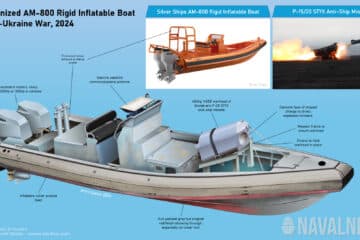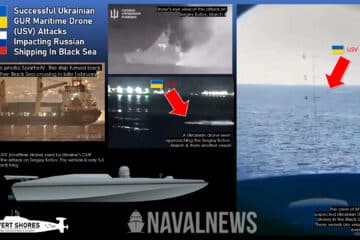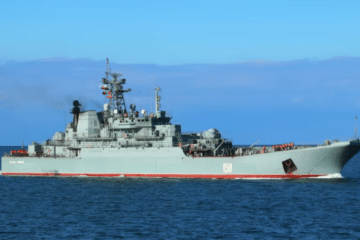By TASS Russian news agency
The new warships will change the tasks of the Pacific fleet. It previously was the strongest blue-water force. Now it will get a major number of small ships with powerful missiles. The Izvestia daily writes about changing combat capabilities and tasks of the Pacific fleet after 2020.
In early 1990s, the Pacific fleet was in the zenith of its might. It operated several hundred warships, boats and submarines and accomplished missions in the Pacific and Indian Oceans.
The Soviet collapse and the economic crisis of the 1990s scrapped a lot of the fleet which was dubbed as the cemetery of warships. Other fleets received some warships in 1990s and early 2000s, but the Pacific fleet got only one missile boat in twenty years and had to treasure the remaining force.
The reform began to provide new warships and hardware to the Russian fleets. The Black Sea and Baltic fleets, the Caspian flotilla were considerably renewed. Several submarines and warships were delivered to the Northern fleet. The Pacific fleet got two upgraded submarines and two corvettes of project 20380.
The Navy focused on the upgrade of available Pacific fleet ships. The Soviet-built warships had to undergo a major overhaul and receive new arms and electronics.
There are three modernization programs. The first calls for an upgrade of small missile ships of project 1234. Malakhit missiles have to be replaced by Uran. The Smerch is the lead ship in the program. Three other ships have to be upgraded later.

The second program has to upgrade big antisubmarine ships of project 1155. They have to be armed with Kalibr and Uran missiles and Tsirkon in future.
The Marshal Shasposhnikov is to join the fleet by the end of 2020. Major modernization changed its class from antisubmarine ship to a frigate. Another three ships will undergo the same upgrade in future.
The third program is the most difficult. Nuclear submarines of project 949A have to replace Granit missiles by Kalibr and Tsirkon. The Irkutsk sub leads the program followed by the Chelyabinsk.
In 1980s — early 1990s, the absence of a proper deployment infrastructure triggered an early scrapping of many warships. Now the Navy is focused on the problem.
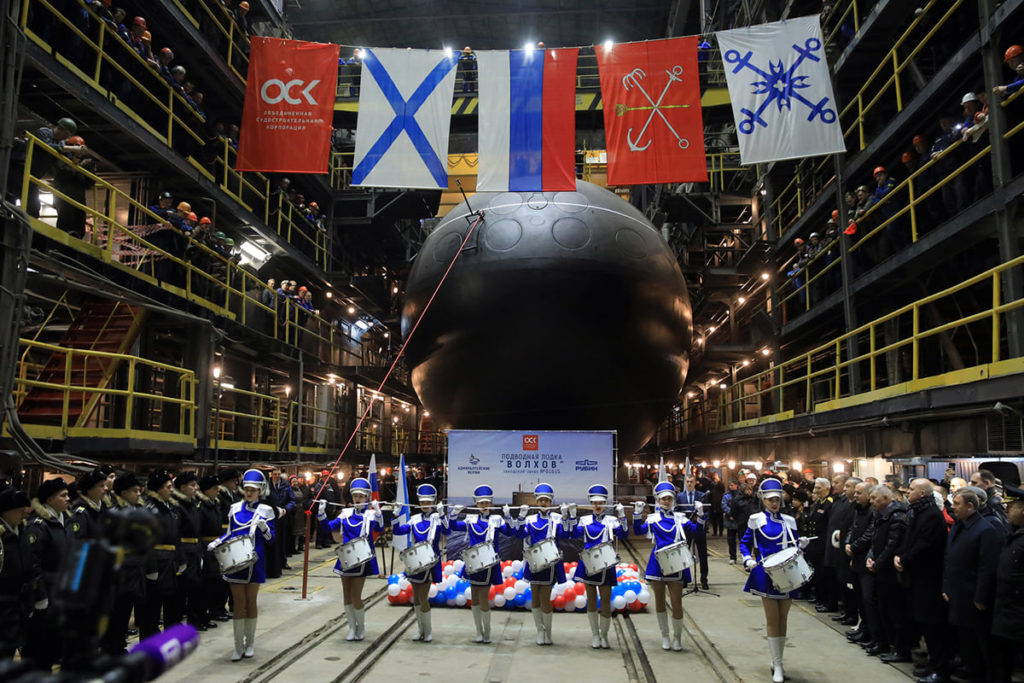
The construction of new warships and submarines for the Pacific fleet has begun. The fleet will get six submarines of project 636.3. The Petropavlovsk-Kamchatsky lead sub will join the fleet by the end of the year. The fleet will also receive non-nuclear submarines of project 677 in future.
The surface fleet is also to be renewed. It will receive the Gremyashchy corvette of project 20385 by the end of the year followed by the Provorny. They differ from project 20380 by Kalibr missiles. The Sovershenny and the Gromky corvettes built by Amur Shipyard will be followed by the Aldar Tsydenzhapov and the Rezky.
Amur Shipyard is recovering the status of the main shipbuilding enterprise for the Pacific fleet. Besides the four mentioned corvettes, it is building six small missile ships of project 22800. They will be followed by a series of ten warships. Minesweepers of project 12700 are being built. The Yakov Balyaev lead ship has to begin service in Kamchatka by the end of the year in the 114th brigade. It will be followed by the Petr Ilyichev and other minesweepers.
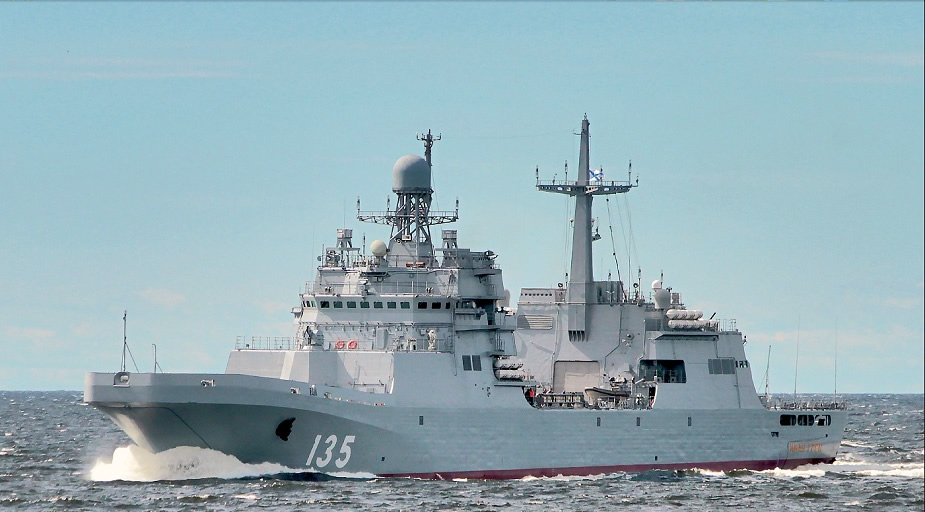
Yantar Shipyard in Kaliningrad is building the Vladimir Andreev and the Vasily Trushin big amphibious assault ships of project 11711 for the Pacific fleet. They will join it in 2023-2024.
Frigates of project 22350 and corvettes of new project 20386 built by Severnaya verf Shipyard in St. Petersburg will be the backbone of the blue-water force. So far, it is unclear which frigates the Pacific fleet will receive.
The Pacific fleet will develop into a fully-fledged blue and green-water force by the end of the decade. Its firepower will exceed the Soviet one several times due to the latest Kalibr and Tsirkon missiles, the Izvestia said.




